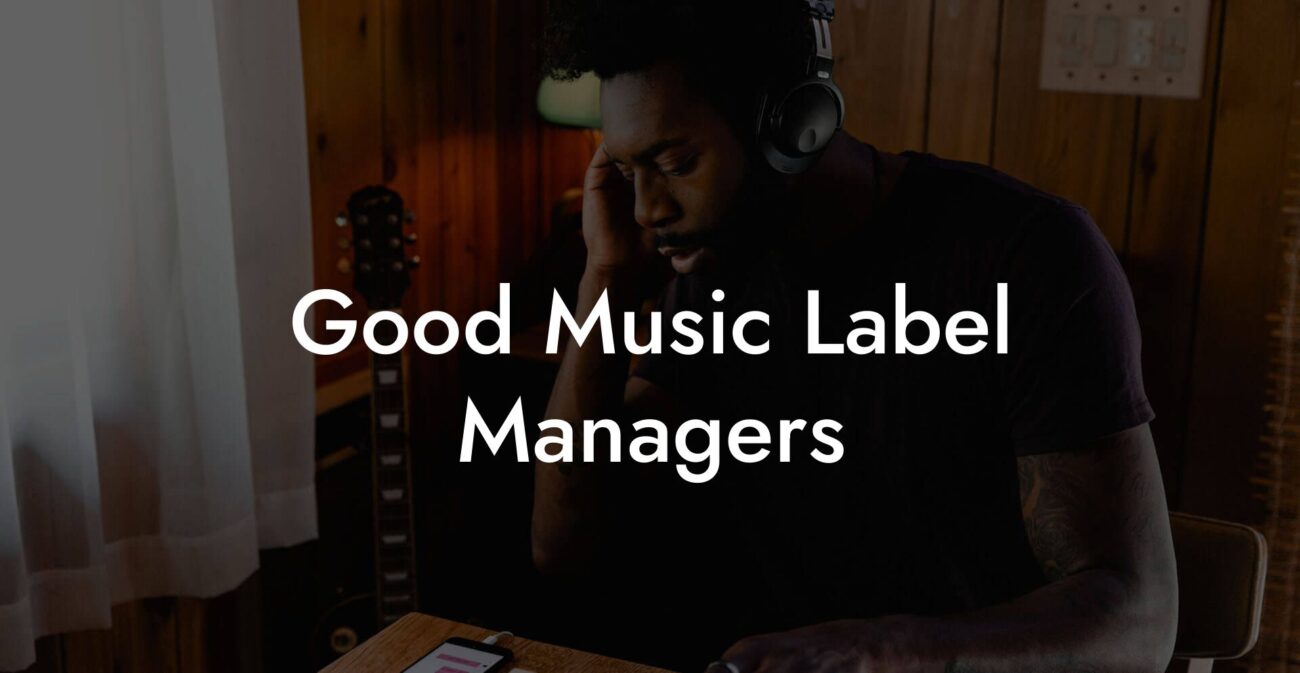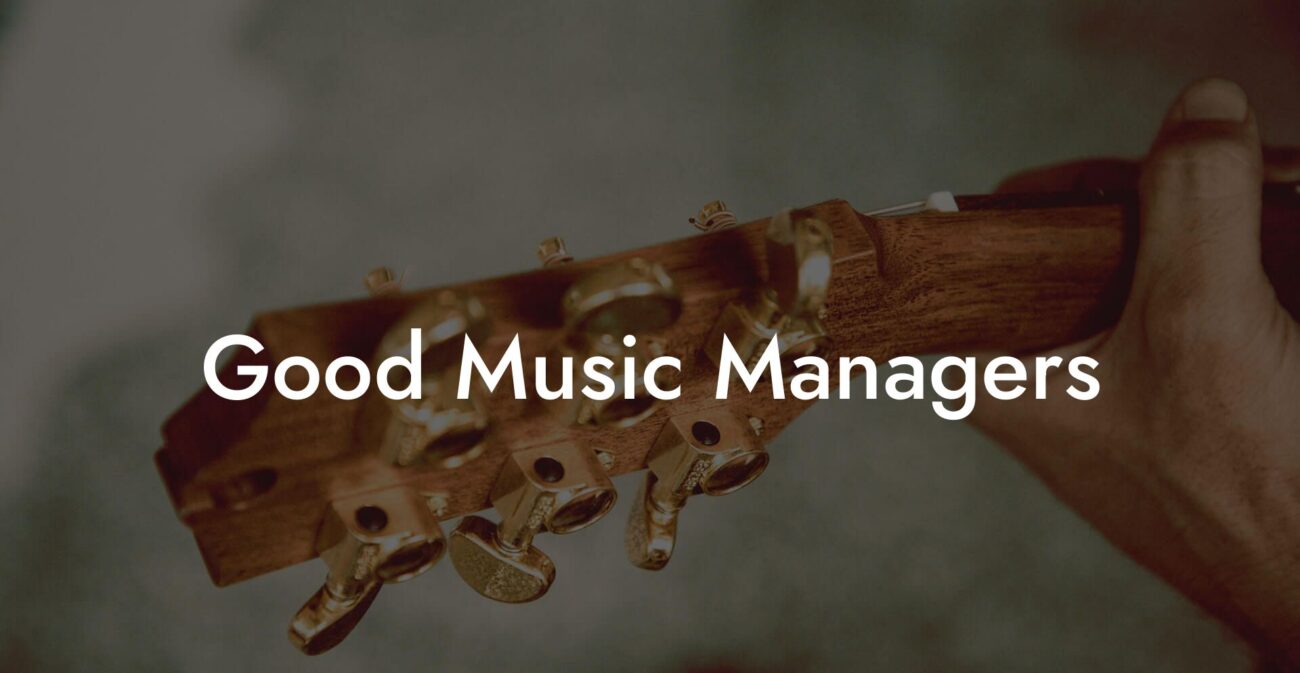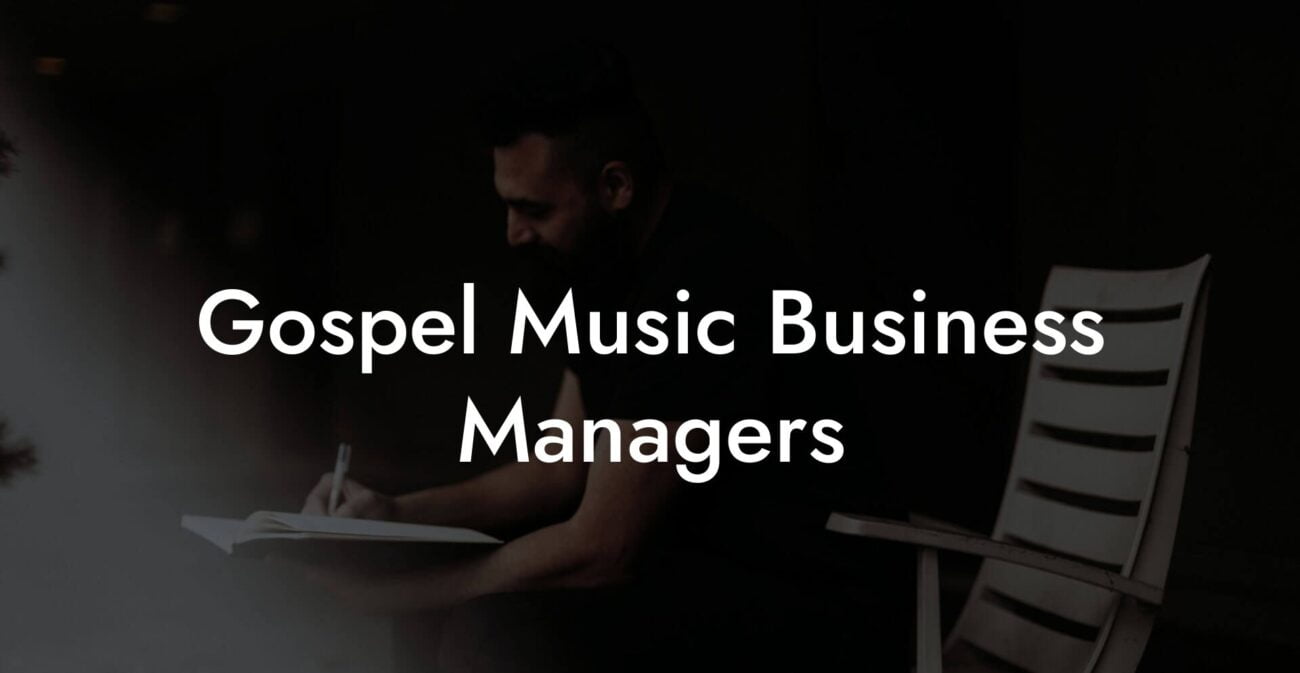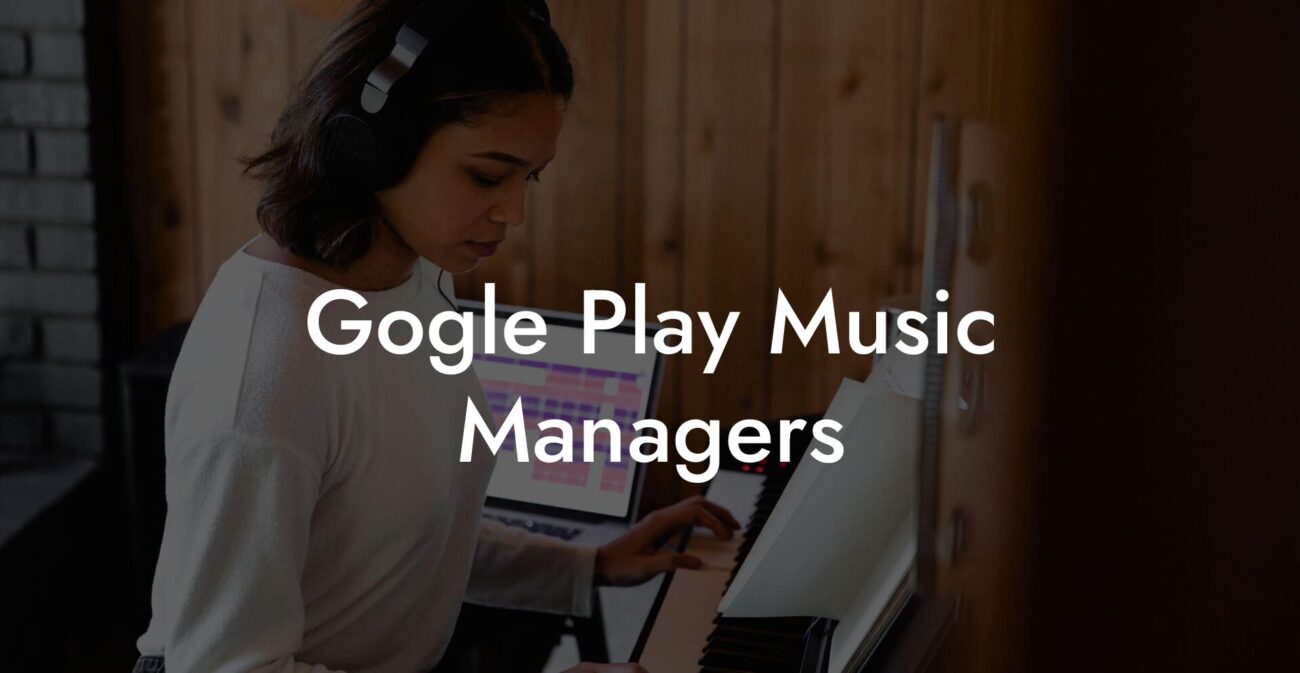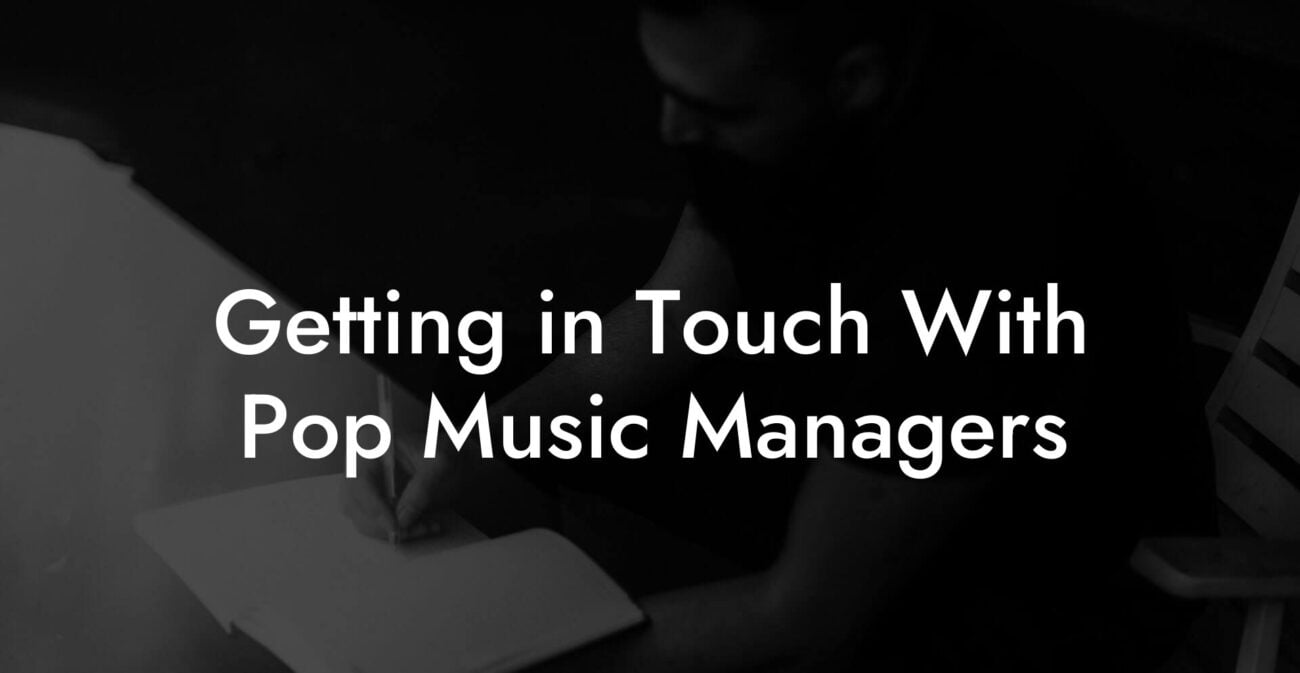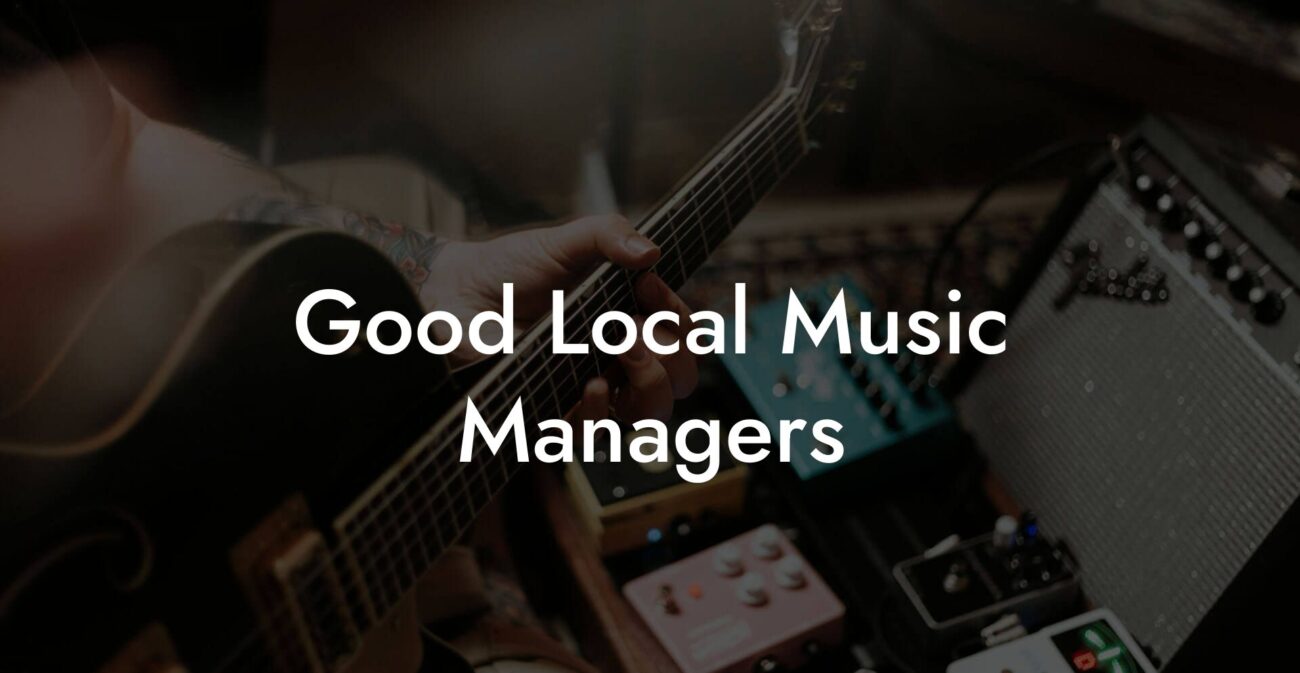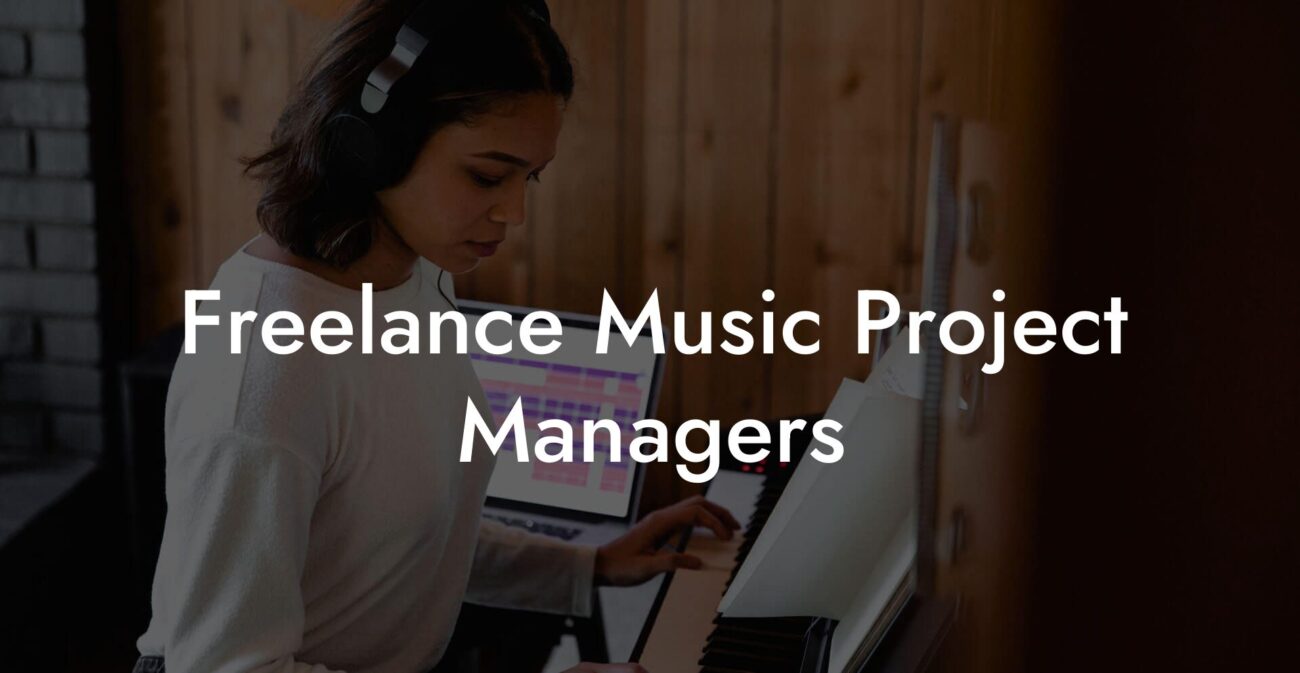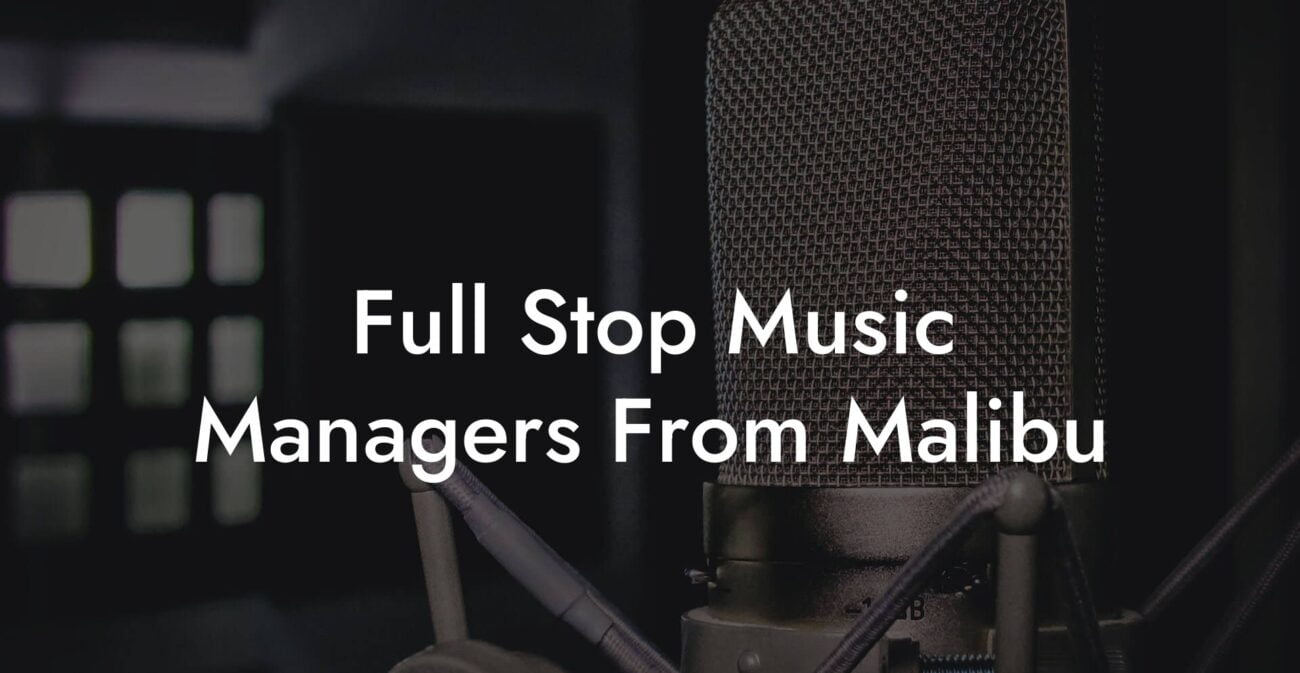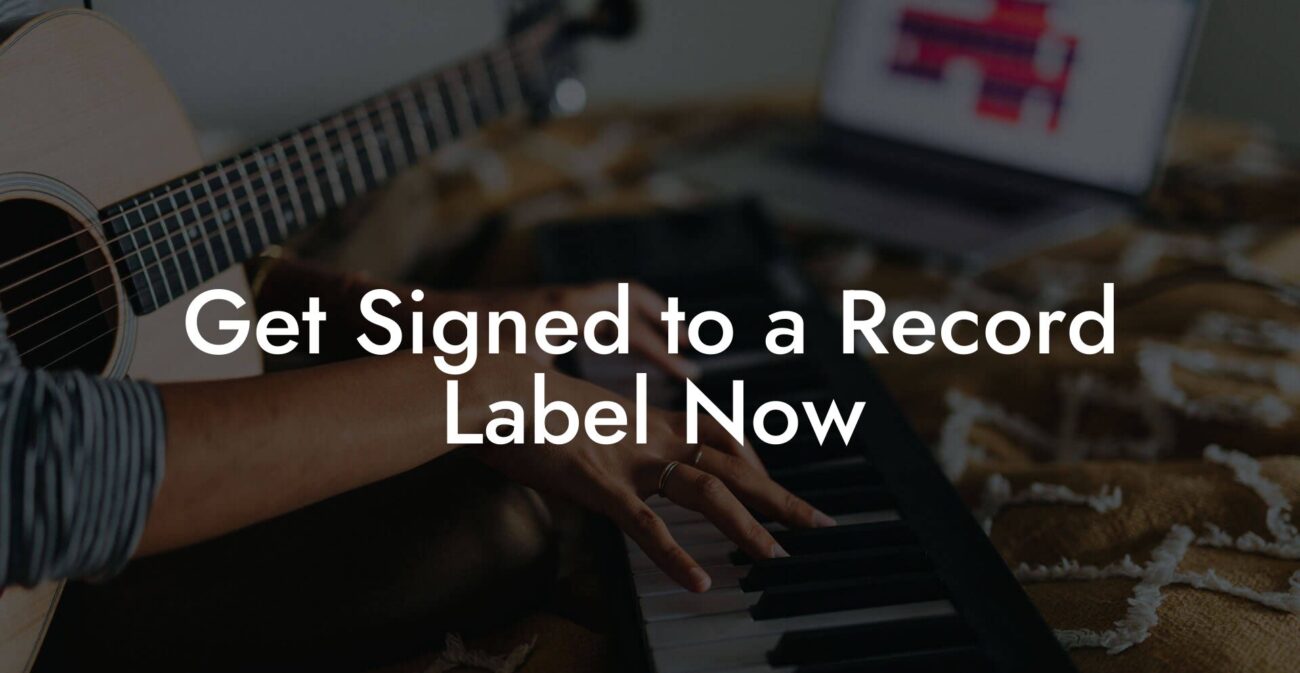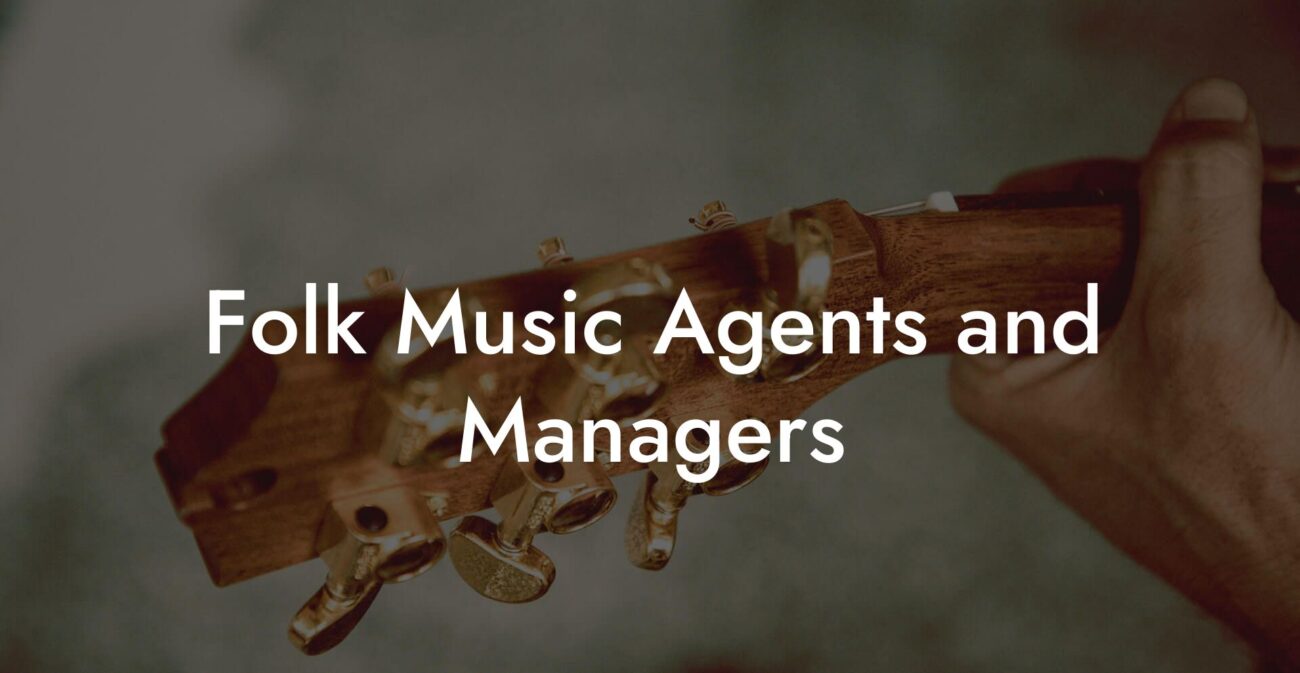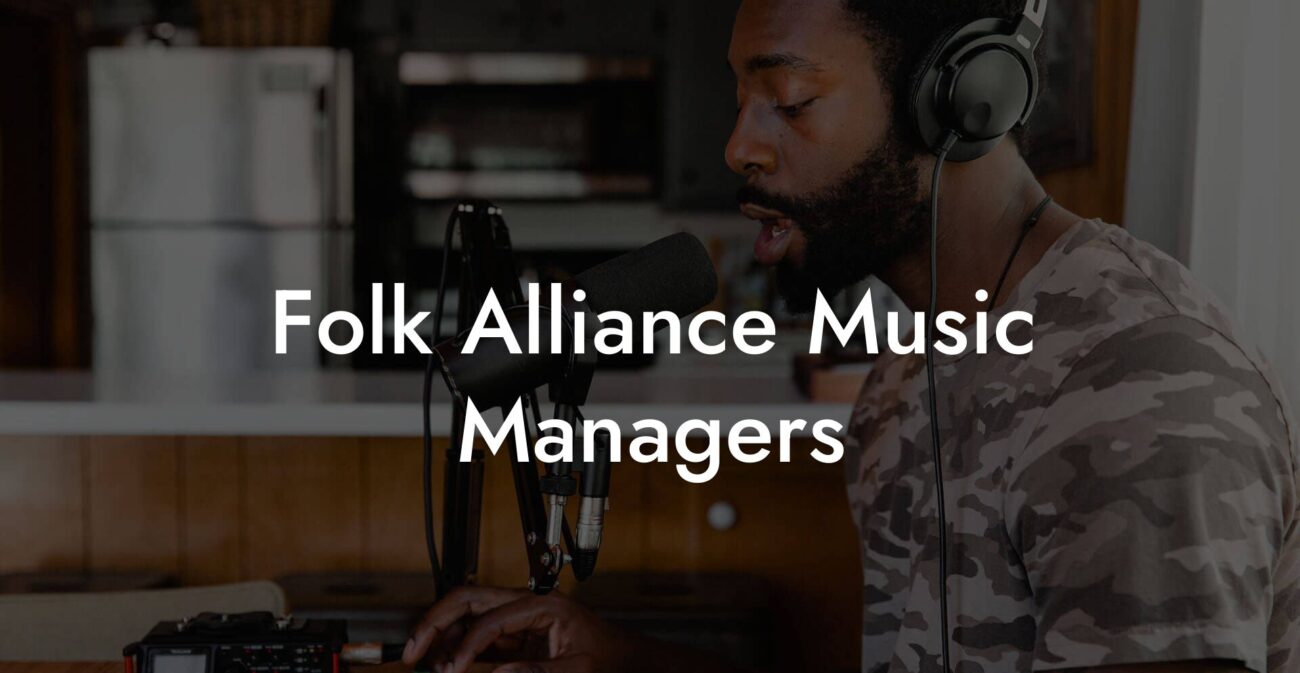Songwriting Advice
How To Make 80s Music
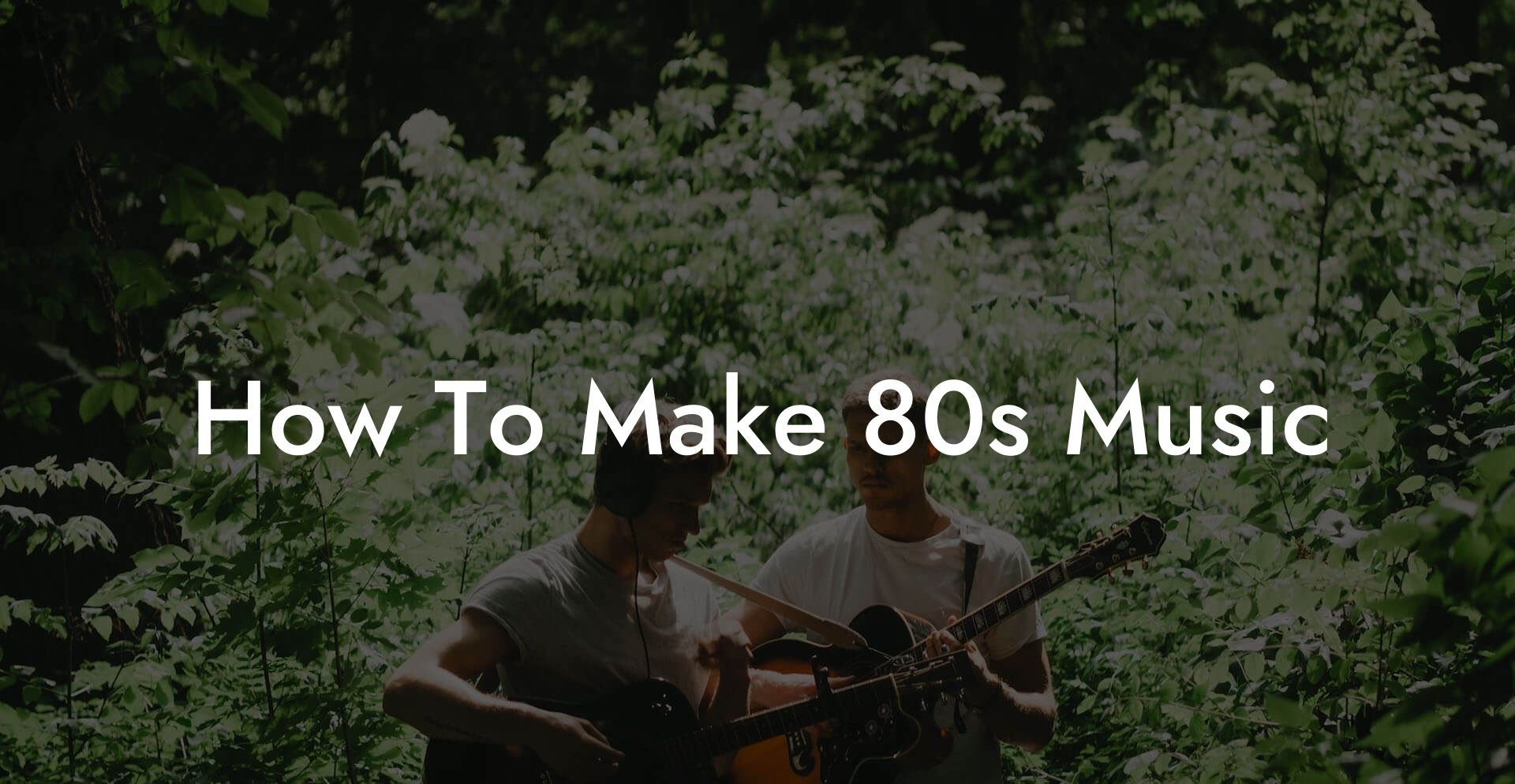
Want your song to sound like it was born in a neon arcade and raised on polyester jackets. Good. You are in the right place. This guide gives you everything from exact instruments and effects to songwriting moves and mixing tricks so your track feels like it stomped out of an 80s studio and into a VHS tape. No nostalgia-only fluff. Just actionable steps, plug in examples, and scenarios that actually match the way you make music.
Quick Interruption: Ever wondered how huge artists end up fighting for their own songs? The answer is in the fine print. Learn the lines that protect you. Own your masters. Keep royalties. Keep playing shows without moving back in with Mom. Find out more →
Quick Interruption: Ever wondered how huge artists end up fighting for their own songs? The answer is in the fine print. Learn the lines that protect you. Own your masters. Keep royalties. Keep playing shows without moving back in with Mom. Find out more →
Quick Links to Useful Sections
- What Makes 80s Music Sound Like the 80s
- Essential Gear and Software
- Classic synths you should know
- Drum machines and percussion
- Guitars and other live instruments
- Studio basics you will use every day
- Signature 80s Production Techniques
- Gated reverb on snares
- Chorus and ensemble effects
- FM Bell and electric piano textures
- Synth stabs and gated pads
- Saxophone and synth solos
- Drum Programming and Drum Selection
- Pick the right drum samples
- Programming grooves
- Layering and processing
- Bass and Low End
- Synth bass approaches
- Classic bass programming
- Guitars, Chorus, and Delays
- Clean rhythm guitar
- Solo guitars
- Vocals and Harmony
- Vocal recording tips
- Stacking and harmonies
- Vocal effects like talkbox and vocoder
- Arrangement and Songwriting Moves
- Common arrangement map
- Key change technique
- Mixing Tips That Nail the Era
- EQ and tonal balance
- Stereo imaging
- Compression tricks
- Creative use of reverb
- Modern Tools to Recreate Vintage Sounds
- Step by Step Workflow to Make an 80s Track
- 1 Build the drum foundation
- 2 Create a bassline
- 3 Add chordal movement with pads and stabs
- 4 Add melodic arpeggios and lead synths
- 5 Guitar textures
- 6 Vocals and harmonies
- 7 Arrangement and dynamics
- 8 Mixing and final touches
- How To Modernize the 80s Sound
- Common Mistakes and How To Avoid Them
- Real Life Scenarios and Quick Fixes
- Bedroom producer trying to get an 80s snare
- Band wants an 80s vibe but plays live
- Songwriter on a deadline needs an 80s hook in 30 minutes
- Useful Terms Explained
- Creative Exercises To Train the 80s Muscle
- Synth Patch Recreation
- 45 Minute 80s Challenge
- Keep It You While Wearing Vintage Clothes
- FAQ
We explain any jargon. We laugh at ourselves. We also give practical workflows that scale from bedroom laptop wizardry to fully produced band sessions. You will learn what makes the 80s sound unique and how to reproduce it or twist it for modern ears.
What Makes 80s Music Sound Like the 80s
The 80s sound is a stew with loud, identifiable ingredients. If you want authenticity you must taste every element separately and then learn how to stack them together without creating a mess. The main ingredients are synthetic textures, electronic drums, bright top end, bold reverb choices, big vocal production, and emotional arrangement choices.
- Prominent synth timbres from analog and FM synths delivering pads, stabs, bass, and bells.
- Electronic drum machines that hit hard and live in the middle of the mix.
- Gated reverb slapped on snares and toms to create that explosive but chopped tail.
- Chorus and ensemble effects for wide pads and jangly guitars.
- Vocal stacking and big reverbs to create a stadium in a shoebox.
- Simple but strong arrangements that favor hooks, a possible sax solo, and a key change near the end.
Essential Gear and Software
You do not need vintage hardware to sound like the 80s. Modern tools emulate the hardware closely. Still, knowing what people used will help you pick sounds that behave the same way.
Classic synths you should know
- Roland Juno 60 and Juno 106 famous for lush chorus pads and warm sawtooth stabs.
- Roland Jupiter 8 big analog polysynth often used for leads and thick pads.
- Yamaha DX7 FM synth known for electric piano bells and glassy keys.
- Sequential Circuits Prophet 5 for fat analog pads and brass like sounds.
- Oberheim OB-Xa for bright and aggressive pads that cut through mixes.
If you are on a laptop, use plugin emulations like Arturia Juno V, TAL U No L X, U he Diva, or FM synths in your DAW. These will give you the core character without needing a vintage bank account.
Drum machines and percussion
Key names are the Linn LM 1 and LinnDrum, Roland TR 808, and Roland TR 909. The Linn family gave early 80s pop its punchy sampled snare and kick. The TR 808 brings electronic thump and the TR 909 gives punchier acoustic like kicks and hats used in later 80s dance music.
Guitars and other live instruments
Guitars in the 80s often wore chorus and delay. Clean to mildly overdriven amps, double tracked rhythm parts, and melodic lead lines with reverb and chorus were common. Saxophones made cameo appearances in pop ballads and adult contemporary tracks. If you have a sax player or a synth brass patch, use it sparingly and memorably.
Studio basics you will use every day
- DAW Digital Audio Workstation. This is your recording software like Ableton Live, Logic Pro, FL Studio, or Pro Tools.
- MIDI Musical Instrument Digital Interface. The data that tells synths what notes to play and when.
- VST Virtual Studio Technology. Plugins that create instruments and effects inside your DAW.
Signature 80s Production Techniques
This is where the sound lives. Learn each technique and what to listen for. Then practice recreating it on a simple loop until it feels natural.
Gated reverb on snares
Gated reverb means you send the snare to a reverb, then put a gate after the reverb so the tail suddenly stops. The result is a huge hit that does not wash everything. To recreate it:
- Duplicate your snare track and send the duplicate to a reverb bus using a bright plate or hall preset.
- Compress the reverb bus heavily to make the initial hit loud.
- Place a noise gate after the reverb. Set the gate so that the reverb tail cuts off after 100 to 300 milliseconds depending on tempo.
- Tweak the reverb decay and pre delay. Short pre delay keeps the snare punchy. Less decay keeps it modern while still dramatic.
Real life example: You are making a retro pop chorus and want the snare to sound huge without drowning the vocal. Gated reverb gives you the drama of a stadium hit without smothering the mix.
Chorus and ensemble effects
Chorus thickens a sound by copying it and detuning the copy slightly. Ensemble is an extreme version with many voices. On pads and guitars, add chorus to create that classic watery 80s width. On a Juno type synth, the onboard chorus is often essential to the sound.
Tip: Use subtle chorus on bass sounds. Too much will kill the low end. Keep strong chorus on pads and guitars to widen the mid and high frequencies.
FM Bell and electric piano textures
The Yamaha DX7 and its FM synthesis created bell like electric pianos and clangy plucked sounds. To emulate that characteristic sound, use a modern FM synth preset labeled electric piano or bell. Dial down the attack to keep it percussive but musical.
Synth stabs and gated pads
Synth stabs are short chord hits often side chained or leveled to create pumping. Gated pads are long sounds that are rhythmically chopped by envelopes or sidechain compressors. These add motion and make the track feel alive.
Saxophone and synth solos
If you want the full 80s soap opera feel, schedule a sax solo. If you do not have a sax player, use a breathy synth lead or sampled sax with tasteful reverb and a little compression. Keep solos melodic and emotional. They are not speed runs. They are ear tattoos.
Drum Programming and Drum Selection
Drums are the backbone of any 80s production. You can program a convincing kit with the right samples, processing, and placement.
Pick the right drum samples
Look for these elements in your sample selection.
- Snare bright and snappy with a strong top end. Often sample the snare through a room with reverb applied.
- Kick either punchy and tight or big and analog depending on the genre within the 80s. For pop, use a punchy kick with a short click on the attack.
- Hi hats crisp and often programmed with simple eighth or sixteenth patterns. Open hats used sparingly for energy.
- Claps and handclaps used on backbeats with delays or doubled with snares for extra snap.
Programming grooves
Common tempos range from 95 to 130 BPM depending on mood. For ballads aim for 80 to 100 BPM. For dance pop aim for 115 to 125 BPM. Program straight grooves for pop and rock. Add slight humanization by nudging some hits forward or backward by a few milliseconds. The 80s felt tight but not robotic in most mainstream productions.
Layering and processing
Layer your snare with a clap or a sampled gated reverb to make it huge. Use parallel compression on the drum bus to glue transient energy. Use EQ to scoop a small dip around 300 to 600 Hertz on the snare if it gets too muddy. Boost the top end slightly to make the snare snap.
Bass and Low End
Bass in 80s tracks can be synth based or electric. Synthesis gives more consistent and vintage tone. Electric bass adds human feel. Both work depending on your song.
Synth bass approaches
- Monophonic synth set to saw or square wave with low pass filtering for warmth.
- FM bass for punchy and metallic bass lines that cut through dense mixes.
- Sub layer under a brighter synth bass to add low frequency weight for modern playback systems.
Classic bass programming
Keep basslines simple and melodic. Use shorter notes in rhythmic sections and longer held notes under verses. Pay attention to the pocket with the kick. If you are using a drum machine kick with a lot of mid click, tuck the bass slightly behind the kick and carve space with EQ by rolling off 200 to 400 Hertz in the bass track.
Guitars, Chorus, and Delays
Guitars in the 80s often provided atmospheric rhythm rather than front and center crunch. Think shimmering, not angry. Here is how to approach guitars.
Clean rhythm guitar
Use a clean amp sim or a real clean amp. Add chorus and a small amount of plate reverb. Double the part and hard pan the doubles left and right for width. Use arpeggiated picking or gentle palm mutes to avoid clashing with synth stabs.
Solo guitars
Lead parts often use reverb and delay. A plate reverb plus a quarter note delay with a few repeats gives the classic 80s vocal like guitar feel. If you want the guitarist to sound like a movie montage, give them a little more gain and a touch of chorus or flange for a dramatic tone.
Vocals and Harmony
Vocal production in the 80s favored dramatic stacking, clear lead tone, and reverb that made the voice huge but readable. Vocals were often double tracked in verses and stacked in choruses for a choir like effect.
Vocal recording tips
- Record multiple takes of the main vocal and comp the best pieces together.
- Double the lead for presence. Use slight pitch variation to avoid phasing.
- Use plate reverb for the lead and large hall reverb for backing vocals. Keep reverb pre delay short to maintain rhythm.
Stacking and harmonies
Layer harmonies in thirds and fifths. Double the chorus with octave harmonies for extra lift. Add a whispered ad lib or a shout track in the background to give energy to the final chorus.
Vocal effects like talkbox and vocoder
Talkbox and vocoder were used sparingly but instantly identify era. Talkbox uses a tube to shape guitar or synth into syllables. Vocoder uses voice as a modulator to color synths. If you use these, make them a highlight rather than a permanent fixture.
Arrangement and Songwriting Moves
Song structure in the 80s relied on clear hooks, memorable bridges, and sometimes a key change towards the end. Keep momentum and make the chorus the gravitational center.
Common arrangement map
- Intro with a strong synth stab or arpeggio
- Verse with stripped back drums and bass
- Pre chorus that builds tension
- Chorus with full instrumentation and stacked vocals
- Verse two with added elements
- Bridge or instrumental solo
- Final chorus with key change and maximum layers
Key change technique
If you want the full 80s soap vibe, move the last chorus up a whole step or a half step. Make the transition feel earned by adding a drum fill and a rising synth riser to avoid it feeling cheap.
Mixing Tips That Nail the Era
Mixing recreates the sonic space of the 80s. You want brightness, clarity, and a wide stereo image without losing focus. Here are the core moves.
EQ and tonal balance
- Boost around 8 to 12 kHz for air on vocals and synths but avoid harshness.
- Cut muddiness by shaving 200 to 400 Hz from instruments that clash with vocals.
- Give synth pads room by carving narrow cuts where the vocal or lead exists.
Stereo imaging
Double track guitars and pan them wide. Use chorus and ensemble on pads to create width. Keep the kick, snare, and lead vocal centered. Add a complementary instrument slightly off center to create interest.
Compression tricks
Use bus compression on drums for glue. Try slow attack and medium release to let transients through while giving body to hits. Parallel compression on vocals and drums gives presence without destroying dynamics.
Creative use of reverb
Use plate reverb on vocals and stabs. Use gated reverb on snares. Use ambient hall reverb for pads to create an 80s cinematic feel. Keep pre delay modest so the reverb does not blur the rhythm.
Modern Tools to Recreate Vintage Sounds
If you are producing on a laptop you can get very close to authentic 80s timbres using plugins. Here are useful plugin categories and examples.
- Analog synth emulators like Arturia V Collection or U he Diva for Juno, Jupiter, and Prophet style tones.
- FM synths like Native Instruments FM8 or Dexed to get DX7 electric piano and bell tones.
- Drum machine plugins or sample packs that emulate Linn and TR families.
- Chorus and ensemble effects like TAL Chorus LX or Eventide plugs to recreate Juno style chorus.
- Reverb plugins like Valhalla Vintage Verb for plate and hall emulations and vintage vibe.
- Gating utilities built into most DAWs to recreate gated reverb.
Step by Step Workflow to Make an 80s Track
Follow a repeatable process so you can finish songs. This one works for laptop producers and full bands alike.
1 Build the drum foundation
- Pick a drum kit or build one from classic samples. Set tempo.
- Program a basic pattern. Place snares on beats two and four. Add hi hat movement on sixteenth notes for energy.
- Send snare to a reverb bus and add a gate to the bus for the gated reverb effect.
2 Create a bassline
Use a mono synth patch for bass. Program a simple pattern that locks with the kick. Keep it punchy and avoid competing with the vocal range.
3 Add chordal movement with pads and stabs
Choose a warm pad for the verse and a brighter saw or square for the chorus stabs. Add chorus on pads for width. Use staccato stabs on the downbeats for impact.
4 Add melodic arpeggios and lead synths
Arpeggiators were everywhere in the 80s. Use an arpeggiated pattern to add motion. Place a lead synth for the hook or the vocal doubling in the chorus.
5 Guitar textures
Record clean guitar parts with chorus. Double and pan them for width. Use delay on leads to create that glossy feel.
6 Vocals and harmonies
Record several lead takes, comp them, and add stacked harmonies in choruses. Use plate reverb for the lead and long hall for group vocals.
7 Arrangement and dynamics
Map the song sections, plan the energy, and use dropouts and returns to create emotional impact. Add a short solo or instrumental break before the final chorus.
8 Mixing and final touches
Balance levels, add EQ, compress where needed, and use bus processing to glue. Consider a subtle tape saturation plugin for vintage warmth.
How To Modernize the 80s Sound
Want to borrow the 80s but keep it modern and not full costume party. Here are tasteful modernizations.
- Keep the gated reverb but shorten decay times so vocals feel clearer on streaming devices.
- Use modern sidechain techniques to create movement rather than full pumping. This keeps the groove modern while nodding to the past.
- Replace sax solos with synth leads that morph via automation across sections. This keeps emotional punch but avoids cliché.
- Use contemporary drum samples layered under vintage samples to improve low end on small speakers and earbuds.
Common Mistakes and How To Avoid Them
- Too much reverb makes the mix mushy. Always check in mono and reduce reverb if the mix loses focus.
- Overdoing chorus on everything leads to phasey clutter. Reserve strong chorus for pads and guitars only.
- Forgetting the pocket means your drums and bass fight. Check the relationship between kick and bass and nudge or EQ as needed.
- Copy pasting the same arrangement makes a song boring. Add one surprising element in the second half like a synth counter melody or a percussion break.
Real Life Scenarios and Quick Fixes
Bedroom producer trying to get an 80s snare
Use a bright snare sample. Send it to a reverb bus with a plate preset. Compress the bus heavily and then place a gate to chop the tail around 150 to 250 milliseconds. Blend the gated reverb with the dry snare to taste.
Band wants an 80s vibe but plays live
Use a keyboard player with a Juno style patch and built in chorus. Mute the synth patches that clash with lead guitar. Use a drum sample layer for the snare with gated reverb in the front of house for consistent impact.
Songwriter on a deadline needs an 80s hook in 30 minutes
- Start with a two chord loop on a Juno style pad.
- Add a simple arpeggio on a plucky FM bell to create movement.
- Program a Linn style snare and put gated reverb on it.
- Write a chorus that repeats a short emotional phrase. Record as a shouted double for instant energy.
Useful Terms Explained
- MIDI Musical Instrument Digital Interface. It sends note and controller information between devices or software.
- DAW Digital Audio Workstation. The software where you record and arrange tracks.
- LFO Low Frequency Oscillator. A control signal used to modulate parameters like pitch or filter for movement.
- ADSR Attack Decay Sustain Release. Envelope stages that shape how a sound starts and ends.
- EQ Equalizer. Used to boost or cut frequency ranges.
- BPM Beats Per Minute. Measures tempo.
- VST Virtual Studio Technology. Plugins that create instruments and effects inside your DAW.
Creative Exercises To Train the 80s Muscle
Synth Patch Recreation
Pick a classic 80s song. Try to recreate one patch from memory. Focus on oscillator shapes, filter behavior, and chorus amount. When you can replicate the mood you will be able to invent better.
45 Minute 80s Challenge
- Set a timer for 45 minutes.
- Make a drum loop with a gated snare.
- Write a two bar bassline.
- Add a Juno style pad and one arpeggio.
- Record a short chorus vocal and stack it twice.
Ship this sketch. You will be surprised how many full songs start as 45 minute sketches.
Keep It You While Wearing Vintage Clothes
The 80s sound can easily become a costume. The trick is to use those sonic ingredients to support your identity as a songwriter. Use the classic sounds to frame your unique melodies and lyrics. If your songwriting voice is modern and honest, the retro production will feel fresh rather than derivative.
FAQ
What tempo is typical for 80s pop
It varies by subgenre. Ballads sit around 70 to 95 BPM. Dance pop lives between 110 and 125 BPM. Rock and new wave often land between 100 and 130 BPM. Choose tempo based on mood and let the groove breathe.
Do I need vintage hardware to get the sound
No. Emulations and samples are excellent today. Use plugins that model the oscillators and effects of classic synths. If you have access to hardware, that is cool and tactile. If not, modern tools will get you there faster and cheaper.
What is gated reverb and why is it crucial
Gated reverb is reverb processed by a gate so the tail cuts off abruptly. It makes drums sound huge for the hit but leaves space in the mix. It is a signature 80s effect. Use it on snares and toms for drama.
How do I make guitars sound 80s without being cheesy
Keep guitars clean, add chorus moderately, and double track parts for width. Use short delays and avoid excessive distortion. Let the guitars interact with synths rather than fighting them for space.
Are sax solos required
No. Sax solos are optional and often feel like a retro wink. If you can arrange a sax in a tasteful way it will land. If you prefer a synth lead, that works and can feel modern while nodding to the era.
How do I mix for modern platforms while keeping vintage character
Retain the character with reverb and chorus but tighten low end for streaming. Use modern saturation and careful limiting at the master to achieve contemporary loudness while preserving dynamics. Test on earbuds and a living room speaker.
What synth is best for leads
Jupiter style synths and analog monosynths are excellent for leads. For bell like or glassy leads use FM patches inspired by the DX7. Layering is powerful. Try a mono lead over a softer pad for presence and texture.
Can I use 80s sounds in other genres
Yes. 80s textures work in indie, hip hop, R B, and electronic music. Use the elements that support your song. A gated snare in an R B track or a Juno pad under an indie chorus can create a hybrid sound that stands out.

